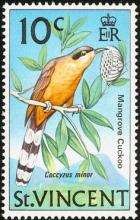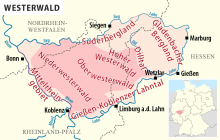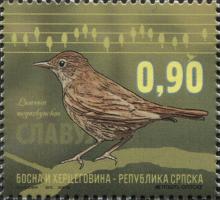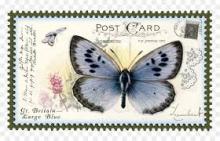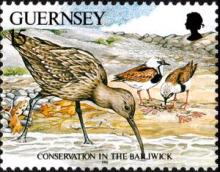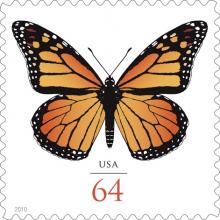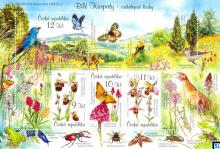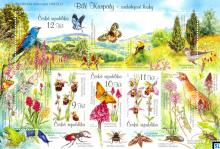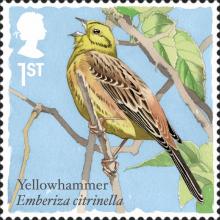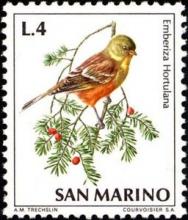We did not get our act together in time, and are travelling down another DDT precipice
A Dutch researcher, H Tennekes has made the case that neonicotinoids, a special group of insecticides, are causing a catastrophe in the insect world, which is having a knock-on effect for many of our birds. These chemicals were introduced in the 1990’s and it wasn’t long afterwards that beekeepers noticed massive declines in bee numbers (Colony Collapse Disorder). France banned the use of one of these chemicals on sun flower seed in 1999, and Germany and Italy have banned two types on maize.

